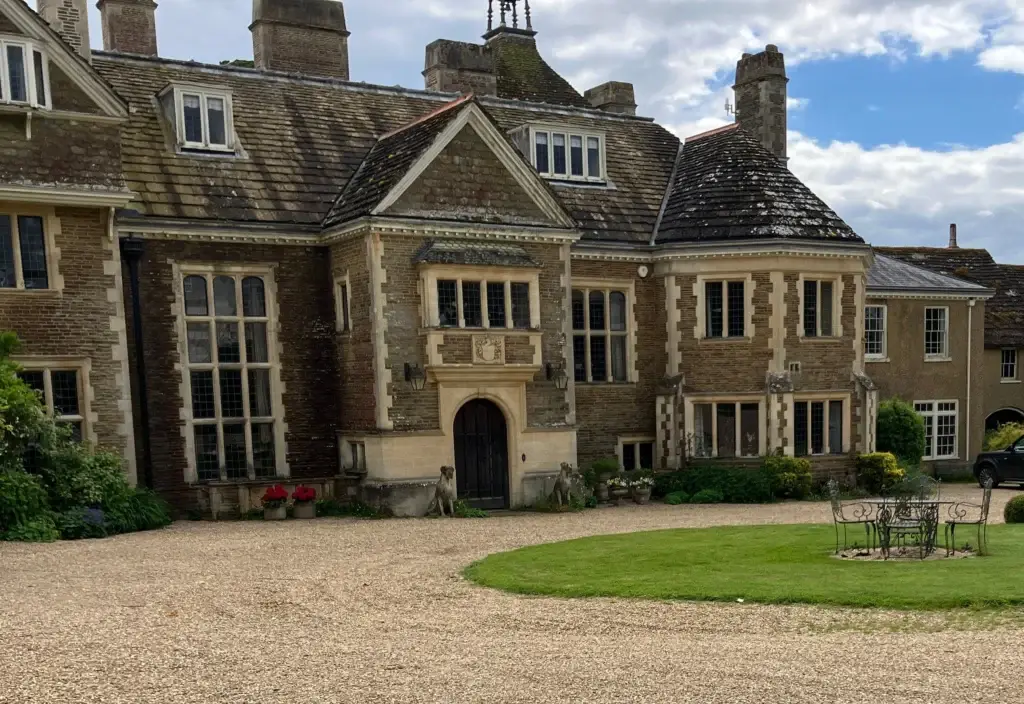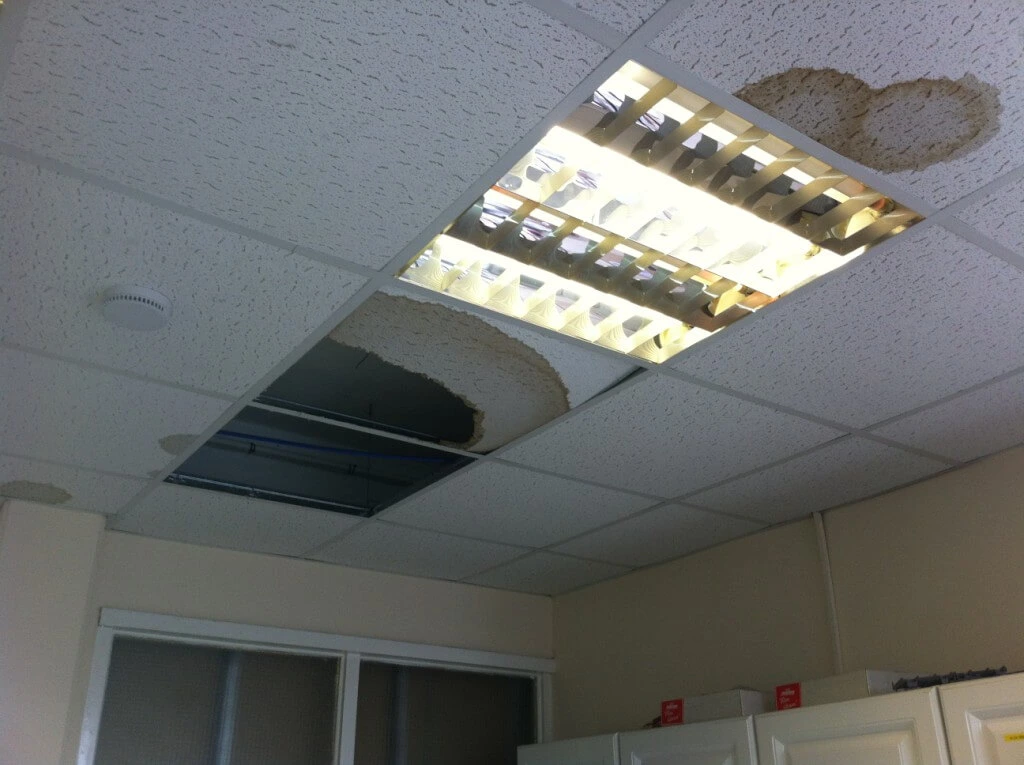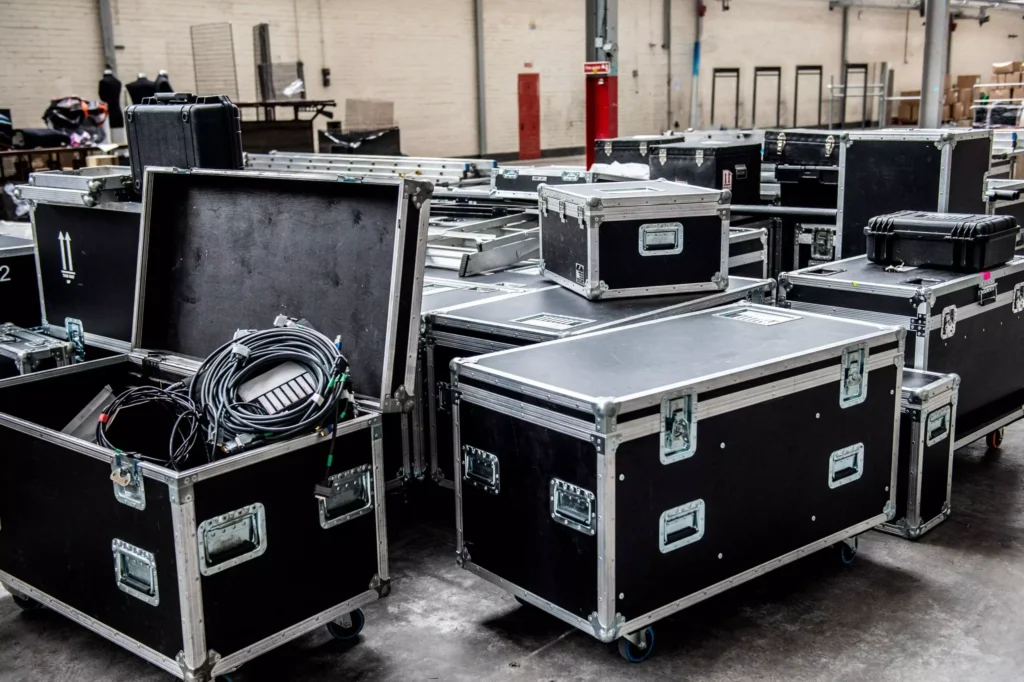The Problem
Guano accumulation is a serious issue for heritage sites across the UK, causing structural damage, health hazards, and contamination. In fact, over 60% of historic buildings experience problems related to bird and bat guano, which can accelerate stone erosion, wood decay, and metal corrosion. (Historic England, 2023).
In this case, a heritage site undergoing restoration needed a safe and stable surface for scaffolding installation. However, a large build-up of bat and bird guano, combined with hay and masonry debris, made it impossible for work to proceed safely. They first needed a professional bird and bat guano removal service before the restoration work could proceed.
Key Challenges:
- Severe guano contamination posed a health risk to workers.
- Presence of bats required compliance with the Conservation of Habitats and Species Regulations 2017.
- Tight deadline because the area needed clearing for essential survey work.
- Oil tank disposal added an extra layer of complexity due to environmental hazards.
Health Risks of Bat & Bird Guano Exposure:
- Histoplasmosis – Fungal infection affecting the lungs.
- Cryptococcosis – Can cause respiratory and nervous system issues.
- Psittacosis – Bacteria linked to flu-like symptoms.
- Salmonella – Can lead to serious food poisoning.
Given the biological hazards and strict regulations, the client required a specialist team with the right expertise, equipment, and safety protocols.
The Solution
We developed a comprehensive guano removal and decontamination plan, ensuring minimal disruption to wildlife, conservation efforts, and restoration work.
Since bats are a protected species under UK law, we worked in line with the Conservation of Habitats and Species Regulations 2017 to ensure zero disturbance to any roosting bats.

Step-By-Step Guano Removal & Decontamination Process:
Initial Waste Removal
- Cleared hay and masonry debris to expose contaminated areas.
- Ensured a safe working surface for scaffolding and restoration teams.
HEPA Vacuum Extraction
- Used HEPA-filtered vacuum technology to safely remove guano particles.
- External-only approach to comply with conservation guidelines (avoiding cracks and cavities to prevent disturbing wildlife).
Targeted Chemical Treatment
- Applied Virkon S, a high-grade disinfectant, to neutralise bacteria, fungi, and viruses.
- Timing was crucial – application was carried out in the morning to allow for full drying by evening.
PPE & Safety Measures
- All technicians wore Powered Air-Purifying Respirator (PAPR) systems for protection.
- Used MEWPs (Mobile Elevating Work Platforms) and scissor lifts to access difficult-to-reach areas safely.
Additional Hazard Management – Oil Tank Disposal
An unused oil tank on-site required specialist disposal, adding complexity to the job. Our team:
- Conducted an environmental risk assessment.
- Used specialist handling equipment to remove the tank safely.
- Ensured full compliance with waste disposal regulations.
The Result
- Safe & thorough removal of all guano deposits
- Full decontamination of the site
- Successful oil tank removal without environmental risk
- Bird control measures installed to prevent future build-up
By working efficiently and safely, our team completed the job within the required timeframe, ensuring:
- Surveyors could access the site without risk of contamination.
- Restoration work could proceed without health hazards.
- No disruption to the active farm operating nearby.
Our professional guano removal process ensured that the heritage site remained protected, while our bird control solutions minimised the risk of future guano accumulation. If your heritage site, church, or property is struggling with guano contamination, act fast to prevent damage and health risks. Talk to us.





















